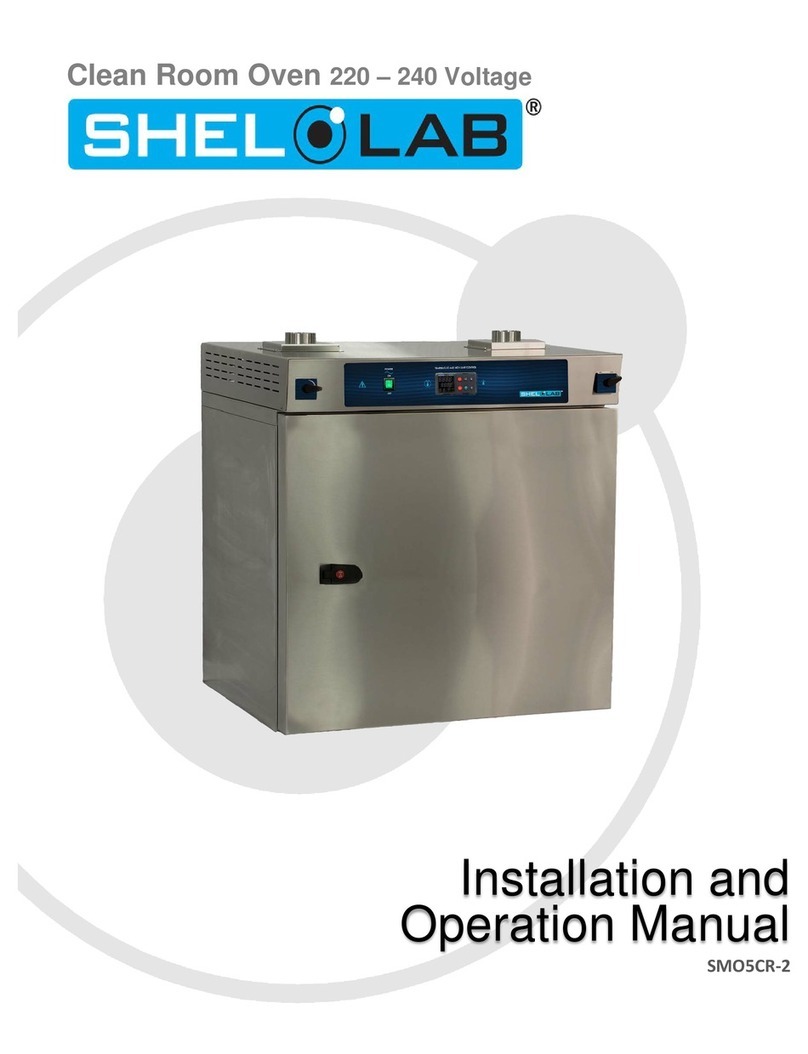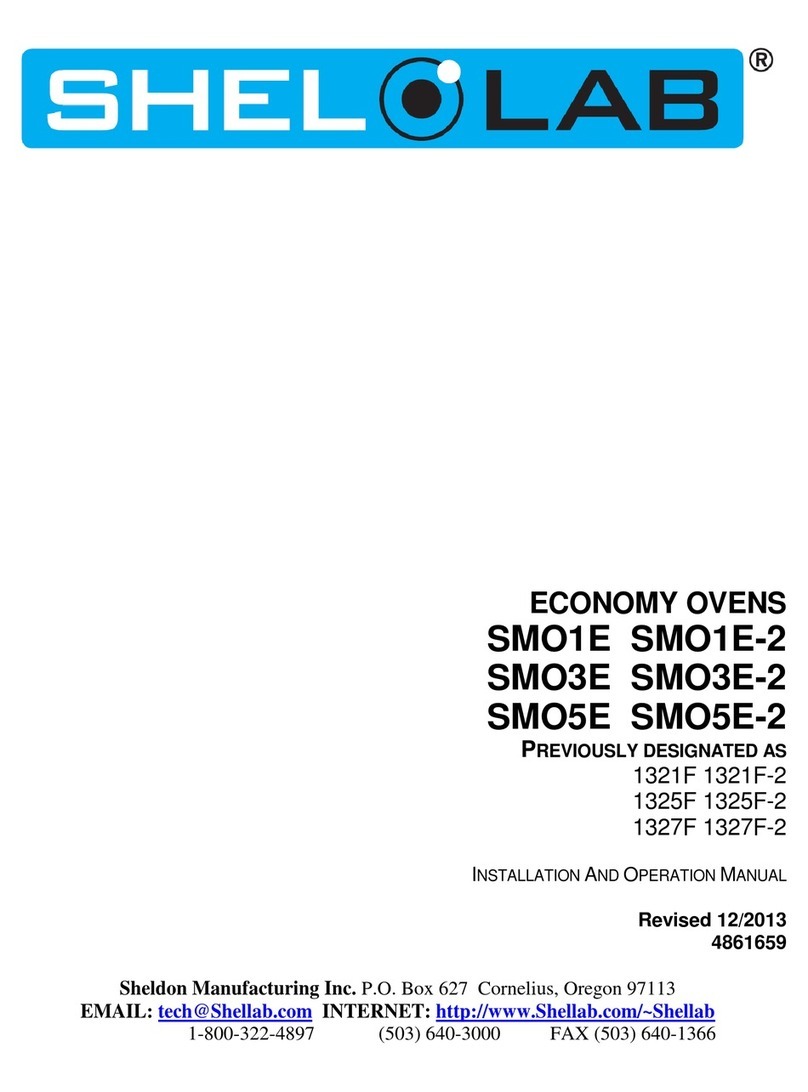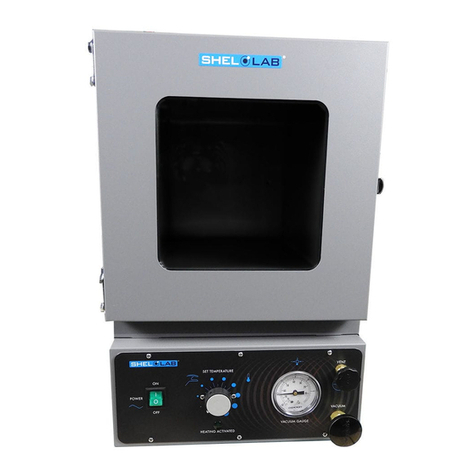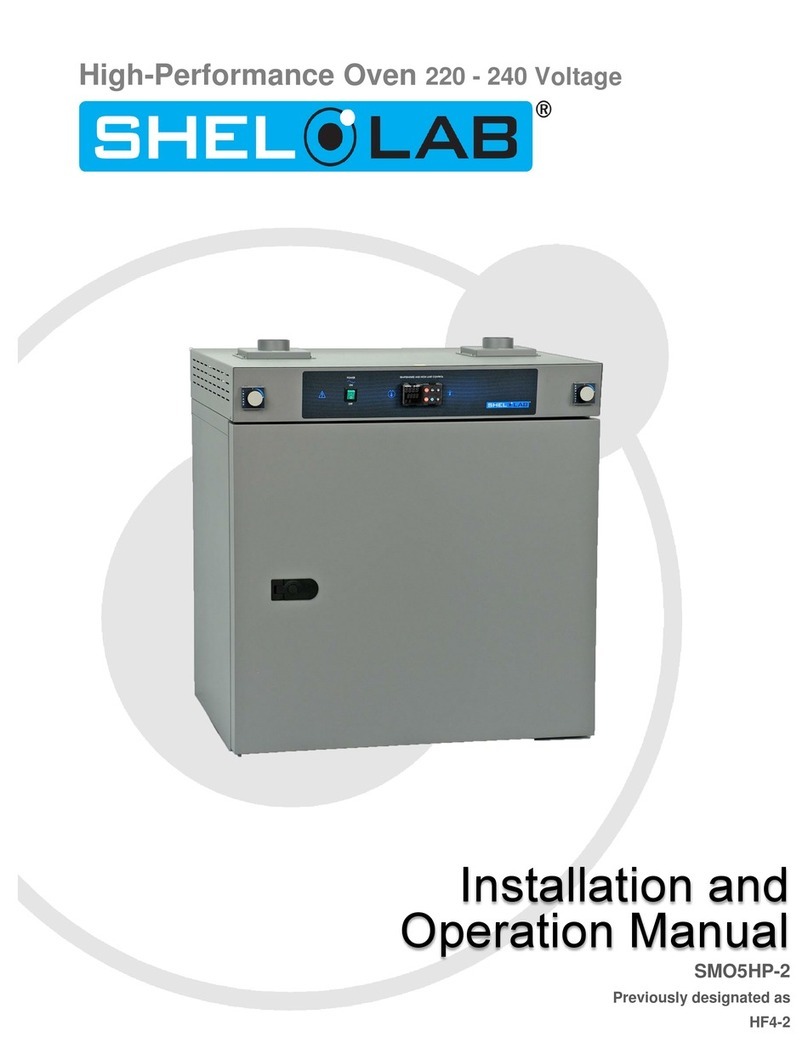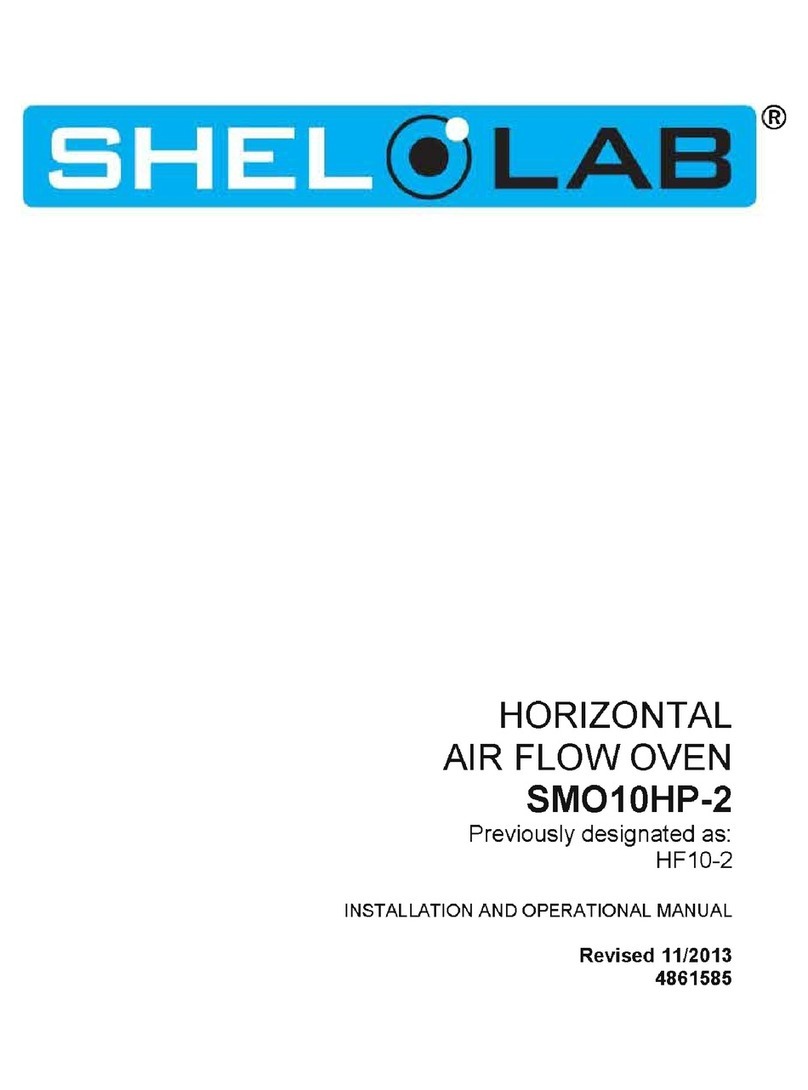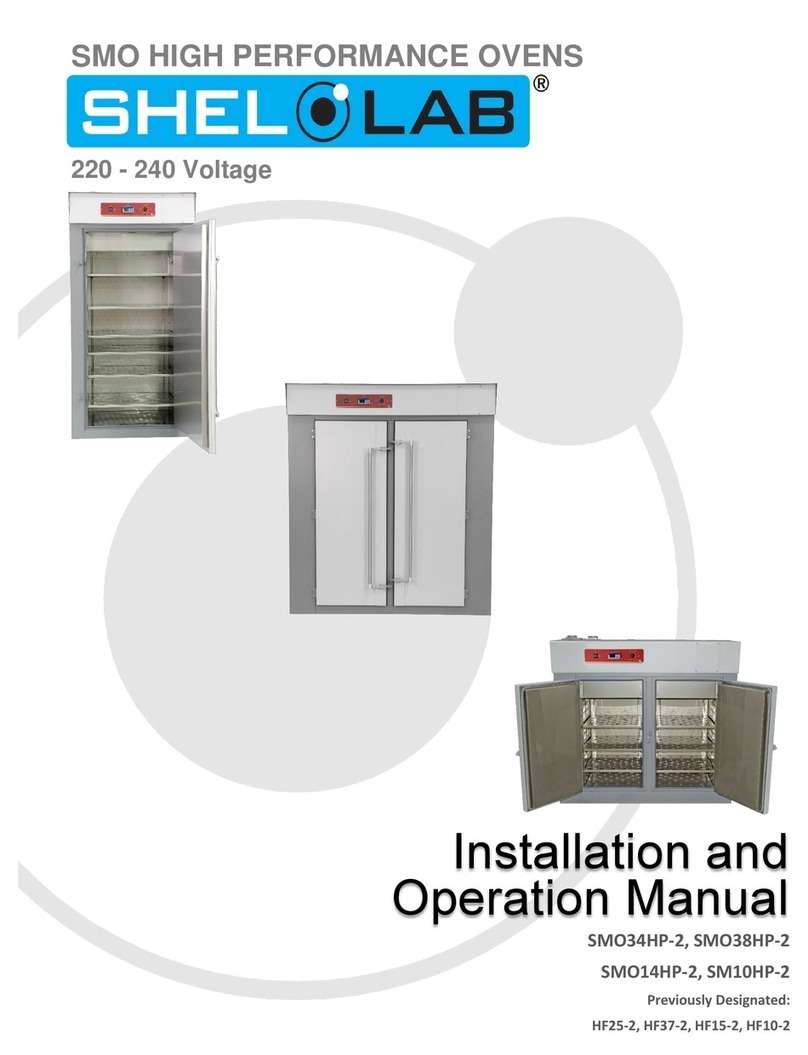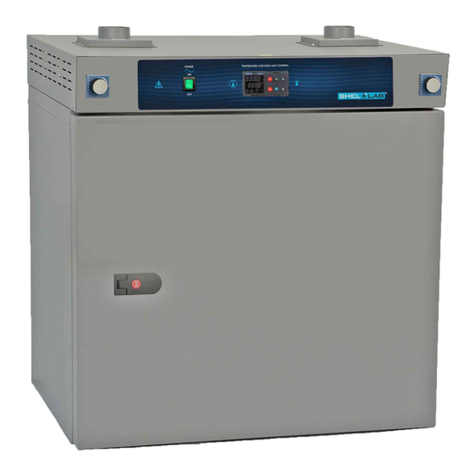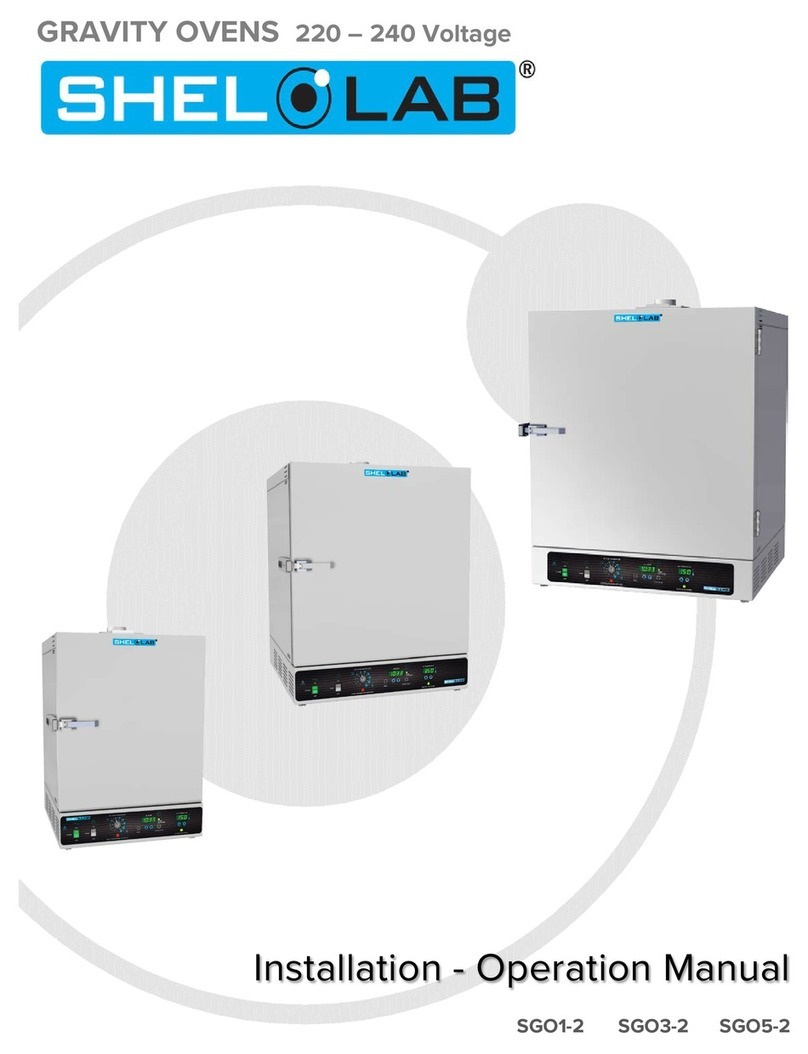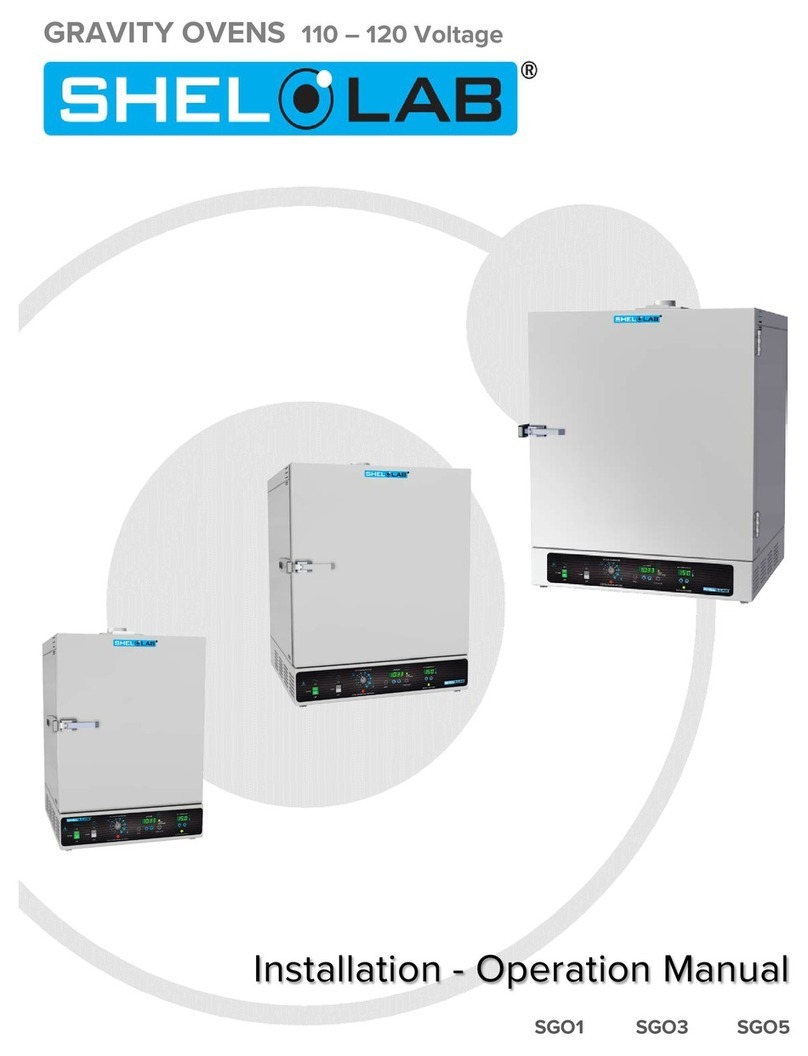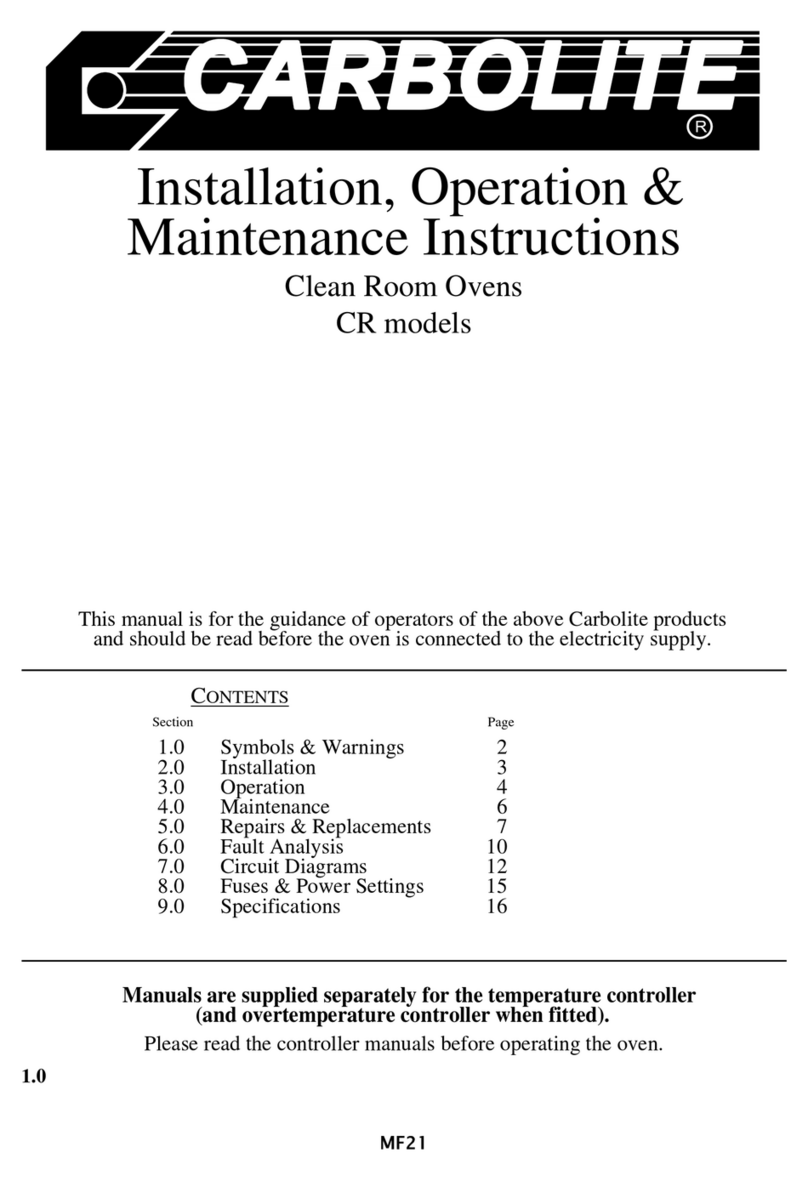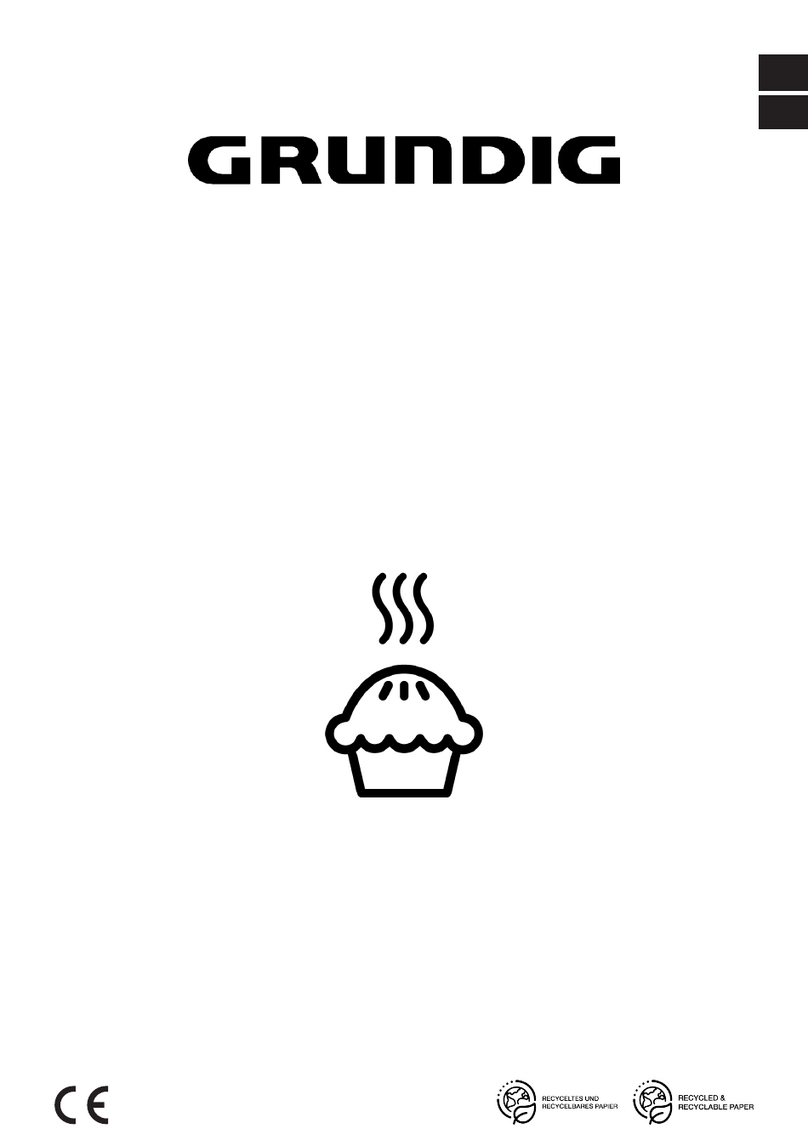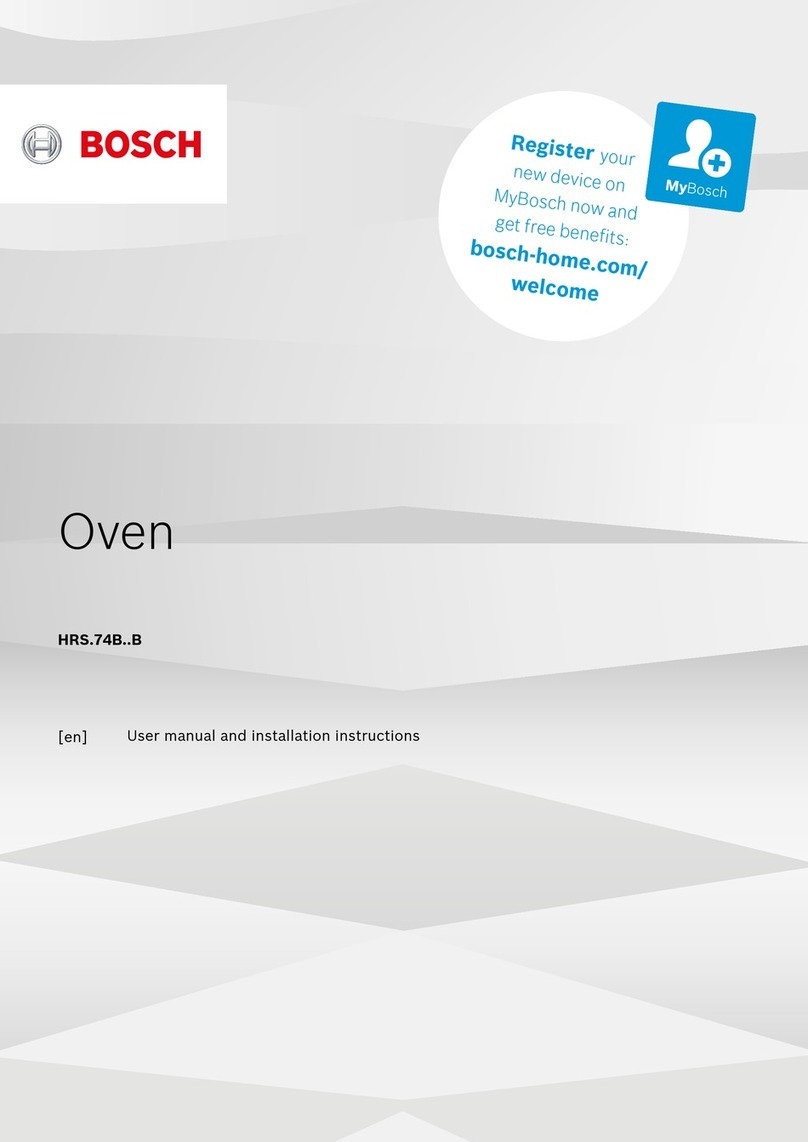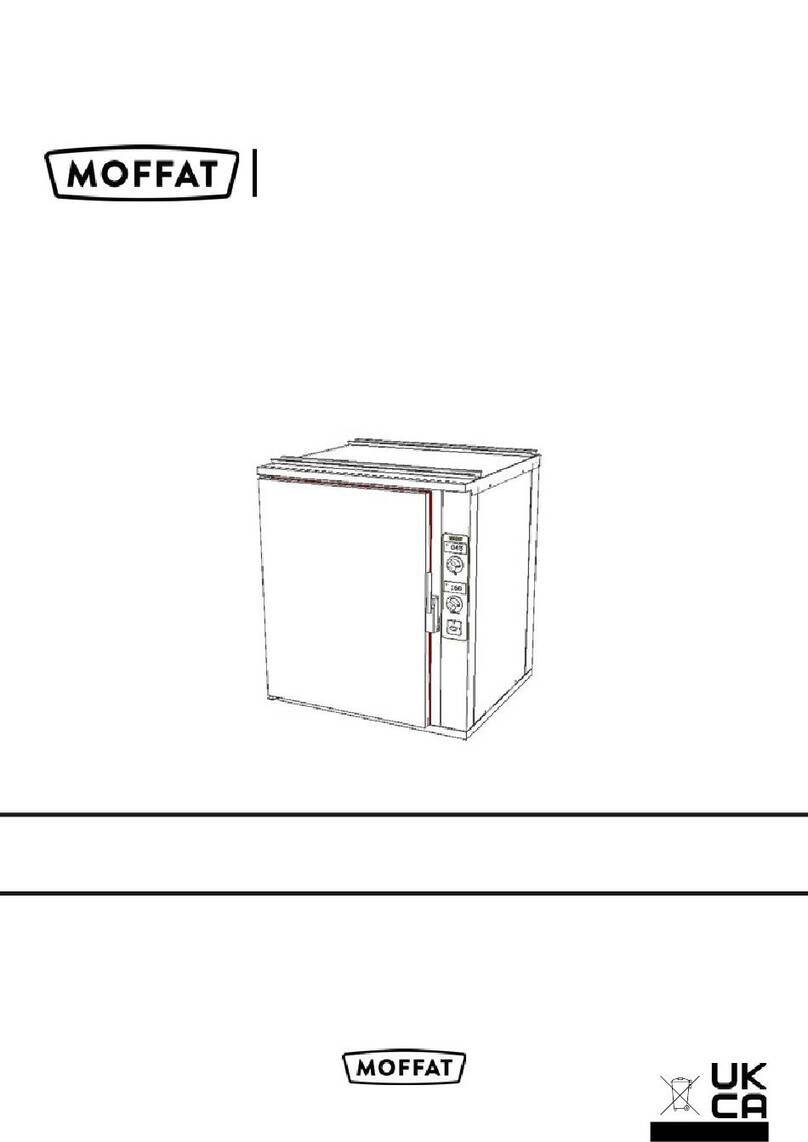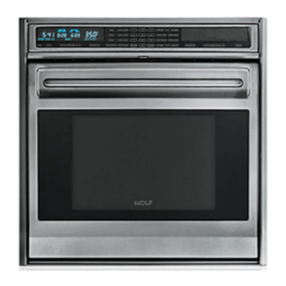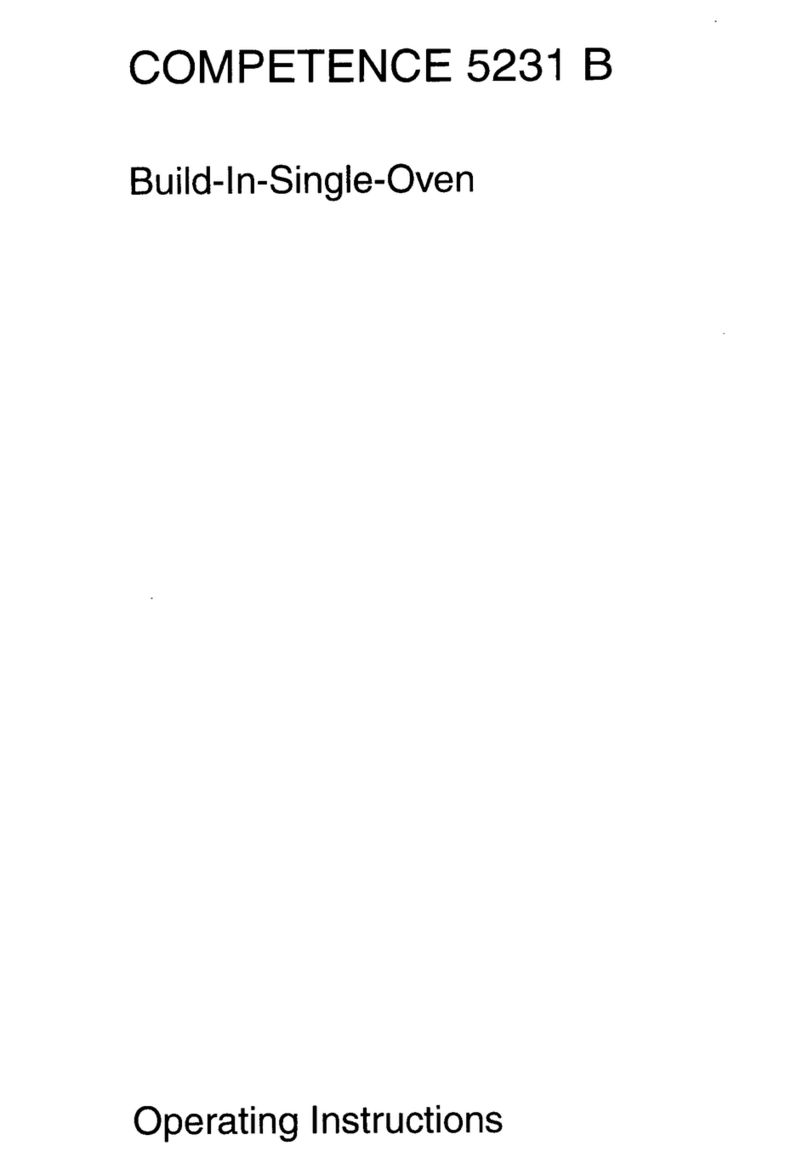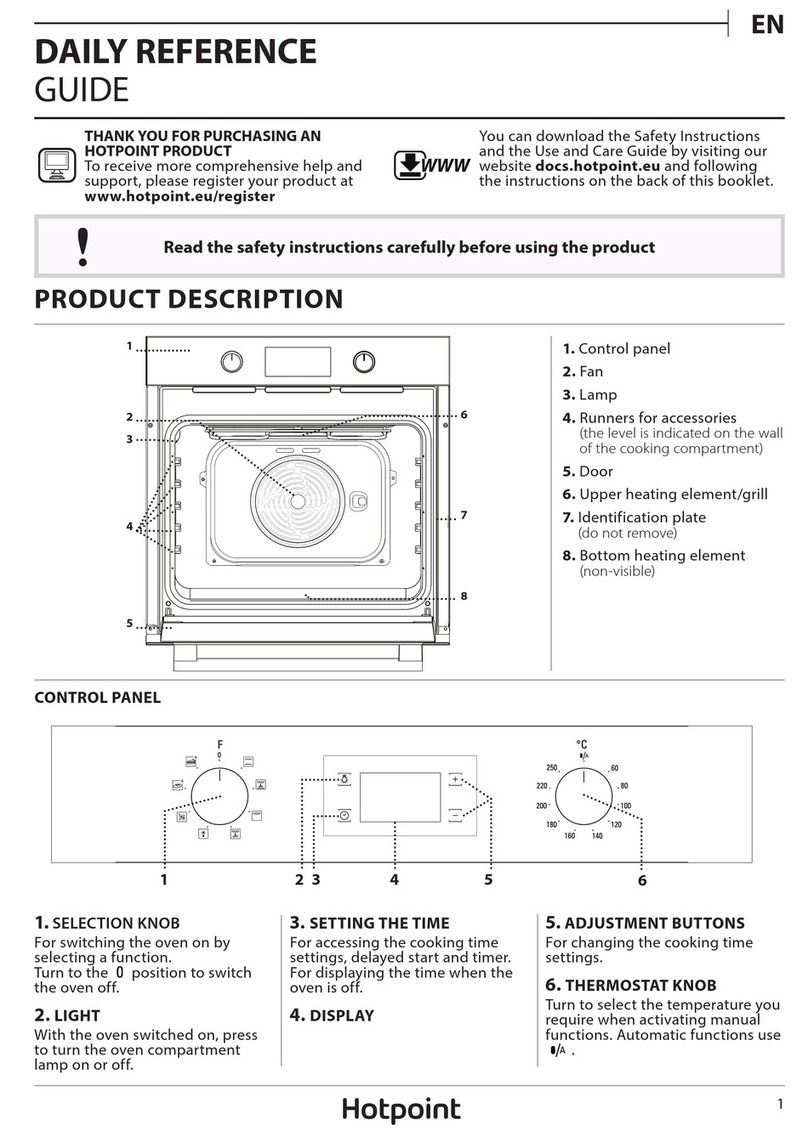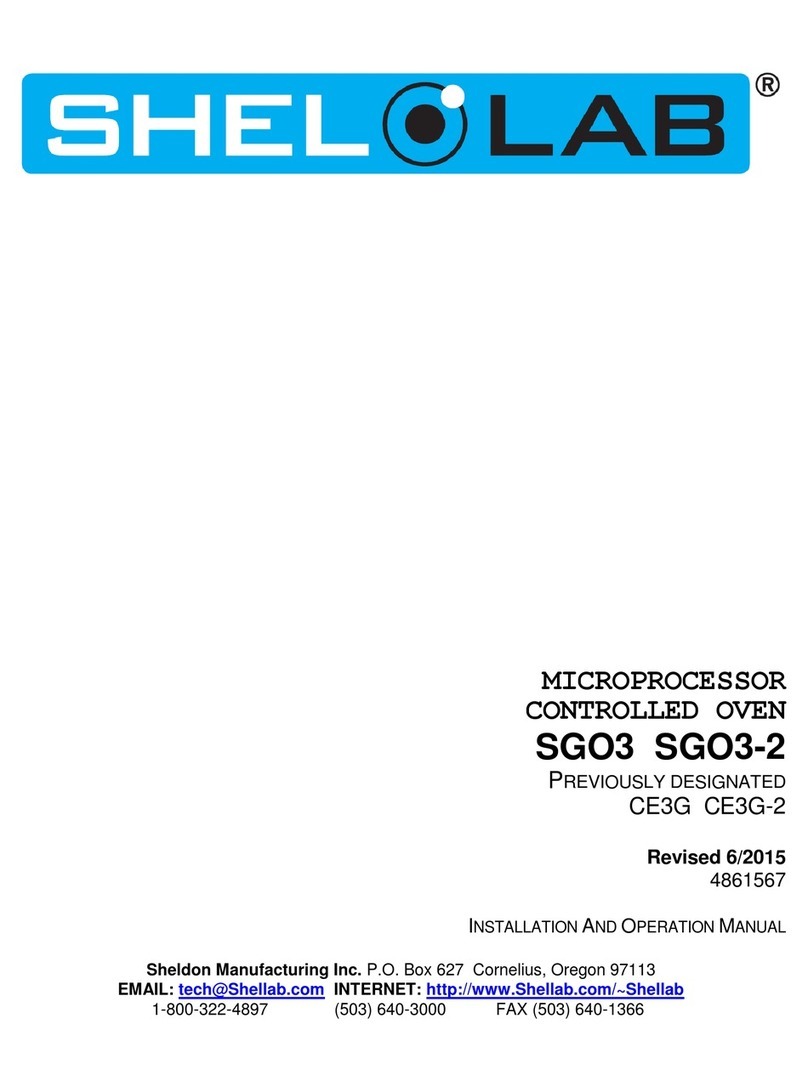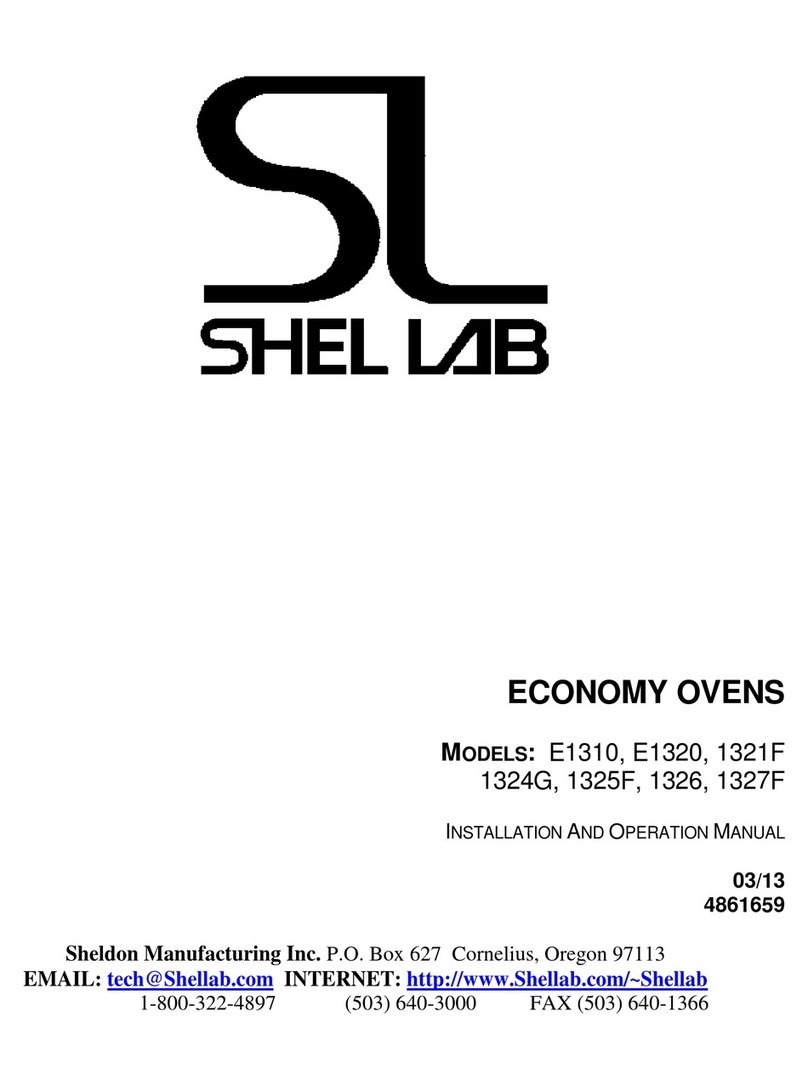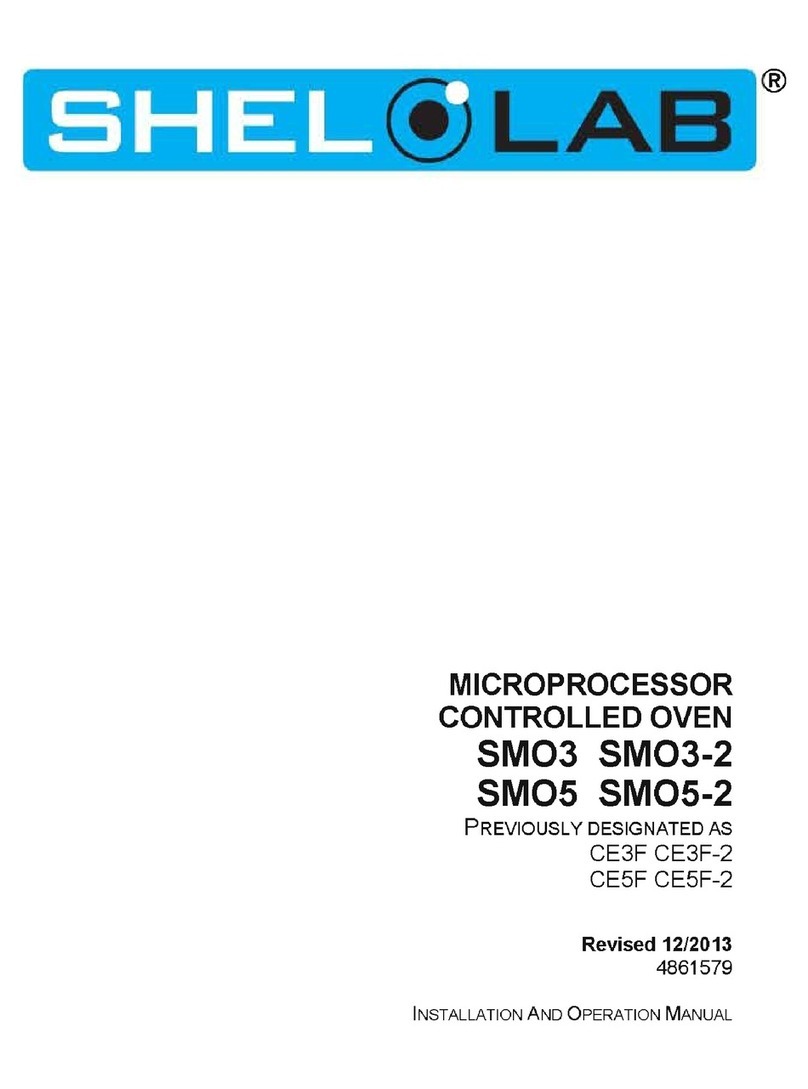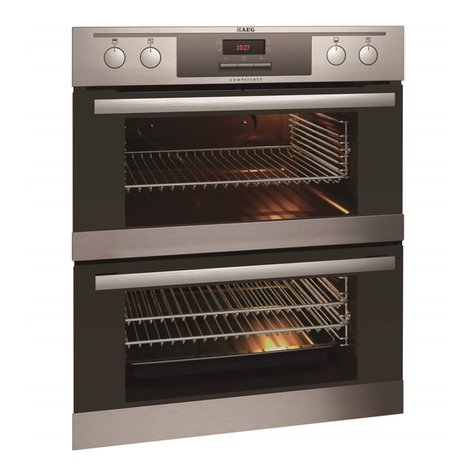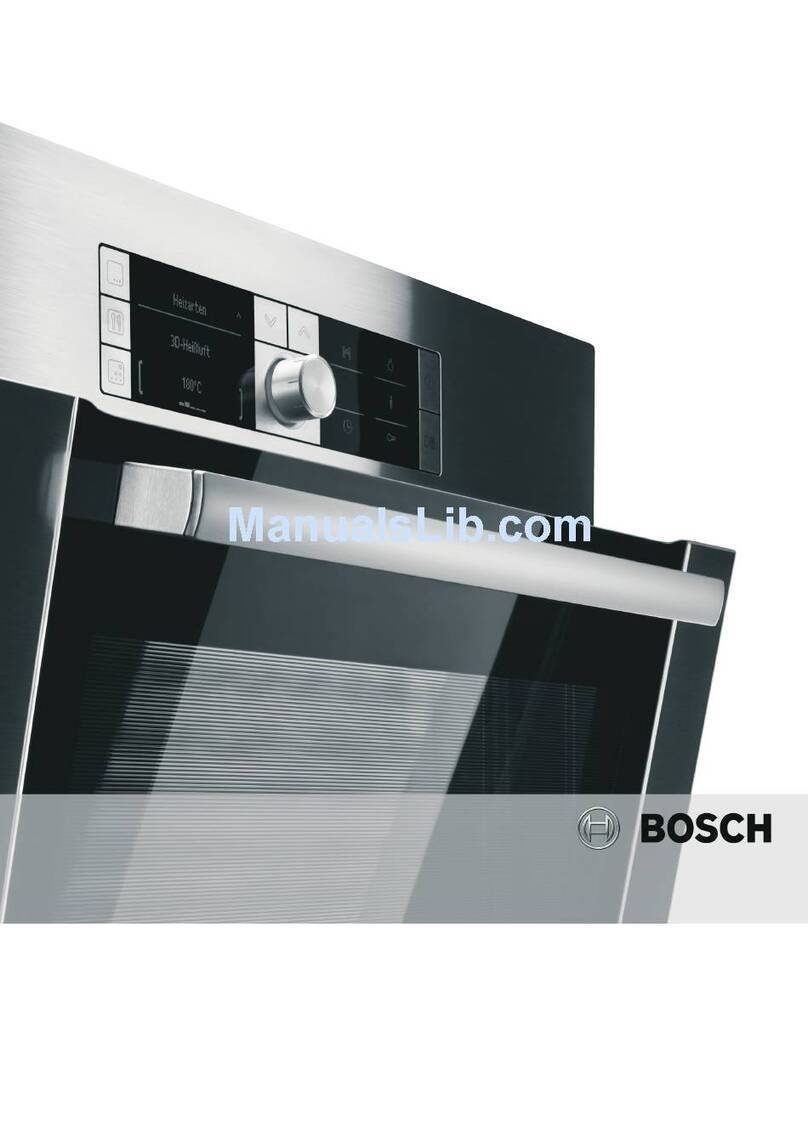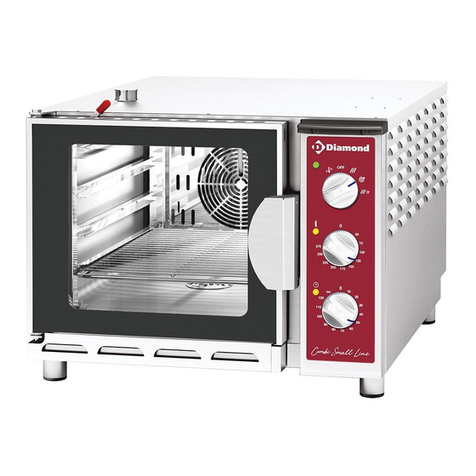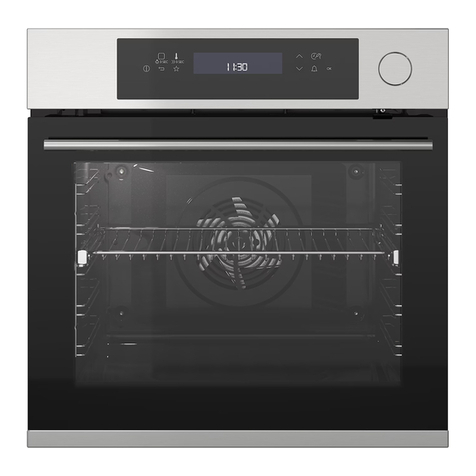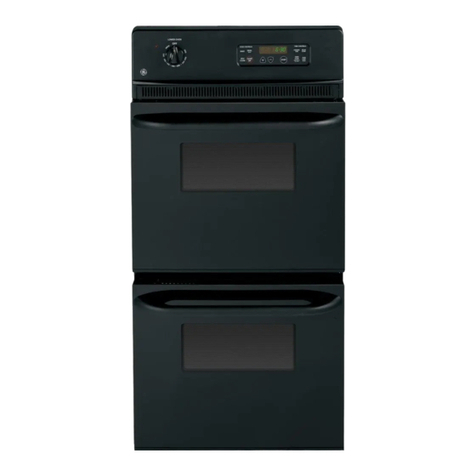
4 | Page
TABLE OF CONTENTS
INTRODUCTION ........................................................................................................................................................ 5
Read this Manual....................................................................................................................................................................5
Safety Considerations and Requirements ......................................................................................................................5
Contacting Assistance ..........................................................................................................................................................6
Temperature Reference Sensor Device ..........................................................................................................................6
Engineering Improvements..................................................................................................................................................6
RECEIVING YOUR UNIT ............................................................................................................................................7
Inspect the Shipment............................................................................................................................................................. 7
Orientation................................................................................................................................................................................8
Recording Data Plate Information.................................................................................................................................... 11
INSTALLATION .........................................................................................................................................................13
Hardwire Requirement........................................................................................................................................................ 13
Installation Checklist ........................................................................................................................................................... 13
Required Ambient Conditions........................................................................................................................................... 14
Required Clearances........................................................................................................................................................... 14
Environmental Disruption Sources .................................................................................................................................. 14
Power Source Requirements ............................................................................................................................................ 15
Power Feed Wiring............................................................................................................................................................... 15
Lifting and Handling ............................................................................................................................................................ 16
Leveling................................................................................................................................................................................... 16
Install the Oven ......................................................................................................................................................................17
Installation Cleaning.............................................................................................................................................................17
Install the Shelving................................................................................................................................................................17
GRAPHIC SYMBOLS ................................................................................................................................................19
CONTROL PANEL OVERVIEW ...............................................................................................................................21
OPERATION.............................................................................................................................................................. 23
Operating Precautions....................................................................................................................................................... 23
Theory of Operation ........................................................................................................................................................... 24
Put the Oven into Operation ............................................................................................................................................ 26
Set the Temperature Set Point.........................................................................................................................................27
Set the Over Temperature Limit...................................................................................................................................... 28
Setting the Timer ................................................................................................................................................................. 29
Launch a Heating Profile.................................................................................................................................................... 31
Drying Racks and other Accessories............................................................................................................................. 32
USER MAINTENANCE............................................................................................................................................. 33
Cleaning and Disinfecting................................................................................................................................................. 33
Door Components............................................................................................................................................................... 34
Electrical Components....................................................................................................................................................... 34
Calibrating the Temperature Display ............................................................................................................................ 35
UNIT SPECIFICATIONS .......................................................................................................................................... 39
Weight..................................................................................................................................................................................... 39
Dimensions............................................................................................................................................................................ 39
Capacity ................................................................................................................................................................................. 39
Shelf Capacity by Weight.................................................................................................................................................. 40
Air Flow Performance......................................................................................................................................................... 40
Temperature .......................................................................................................................................................................... 41
Power....................................................................................................................................................................................... 41
PARTS LIST............................................................................................................................................................... 43




















